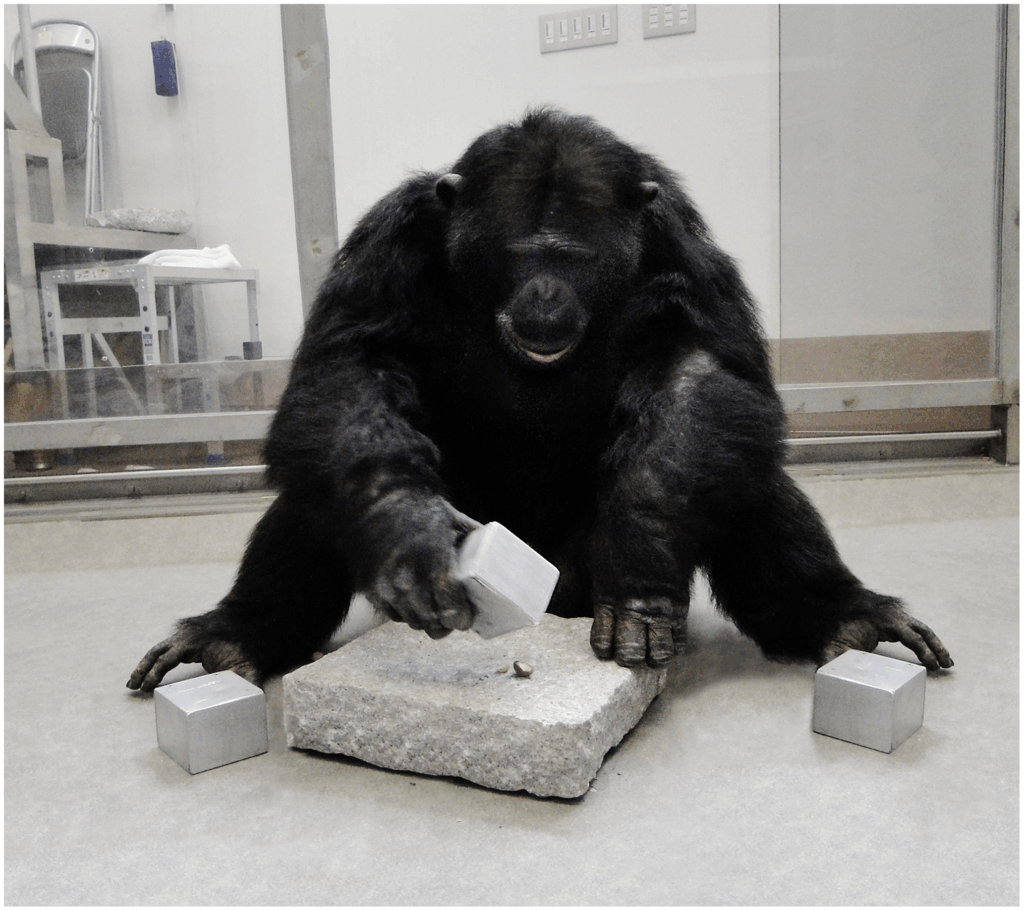The forest falls silent as a young chimpanzee carefully selects a thin branch, strips away its leaves, and slides it into a termite mound. This isn’t just foraging—it’s a sophisticated display of intelligence that would make any human engineer proud. But here’s what’s truly shocking: this same chimp will later comfort a distressed groupmate, form strategic alliances, and even engage in what can only be described as political maneuvering. The more we study our closest living relatives, the more we discover uncomfortable truths about ourselves reflected in their behavior.
The Toolmaker’s Apprentice

When Jane Goodall first observed chimpanzees modifying grass stems to fish for termites in 1960, she shattered the long-held belief that only humans were capable of tool use. This groundbreaking discovery forced scientists to redefine what it means to be human. Today, we know that chimpanzees don’t just use tools—they craft them with remarkable precision and pass these techniques down through generations.
In the Taï Forest of Ivory Coast, chimpanzees have developed an entire toolkit for cracking nuts. They select specific stones as hammers and anvils, choosing harder rocks for tougher nuts and softer ones for delicate seeds. Some groups even use wooden wedges to stabilize their anvils, demonstrating a level of planning that rivals human construction projects.
The sophistication doesn’t end there. Chimpanzees in different regions have developed unique tool-use cultures, much like human societies. While East African chimps excel at termite fishing, their West African cousins have mastered the art of honey extraction using specialized stick tools. These regional differences aren’t genetic—they’re learned behaviors passed down through observation and practice.
The Emotional Intelligence Revolution

Perhaps nothing challenges our human exceptionalism more than witnessing a chimpanzee console a distressed companion. In sanctuaries and wild populations alike, researchers have documented countless instances of chimps offering comfort through gentle touches, embraces, and even sharing food with those in need. This isn’t mere instinct—it’s genuine empathy in action.
The complexity of chimpanzee emotions becomes even more apparent during moments of loss. When a mother chimp loses her infant, she may carry the body for days, with other group members gathering around her in what can only be described as a funeral-like gathering. These behaviors suggest an understanding of death and grief that parallels our own experiences.
What’s particularly fascinating is how chimpanzees seem to understand the emotional states of others and respond accordingly. They’ve been observed changing their behavior based on the mood of their companions, offering play to those who seem bored or providing protection to those who appear anxious. This emotional intelligence forms the foundation of their complex social structures.
The Art of Reconciliation

After conflicts, chimpanzees engage in reconciliation behaviors that would make any diplomat proud. They approach former opponents with submissive gestures, offer grooming sessions, and even share food as peace offerings. These aren’t random acts—they’re calculated moves to restore social harmony and maintain group cohesion.
The timing of these reconciliations is particularly telling. Chimpanzees are more likely to reconcile after conflicts with valuable allies or when the group faces external threats. This suggests they understand the strategic importance of maintaining relationships, even after disagreements. It’s a lesson many humans could benefit from learning.
The Power Players

In the political arena, chimpanzees could teach masterclasses in strategy and manipulation. Alpha males don’t maintain their position through brute force alone—they form coalitions, make promises, and even engage in deception to secure their status. These Machiavellian tactics often involve third-party relationships and long-term planning that spans months or even years.
Female chimpanzees are equally skilled politicians, though their strategies often focus on resource acquisition and offspring protection. They form alliances with powerful males, negotiate access to feeding areas, and use their social connections to climb the hierarchy. The parallels to human corporate and political environments are both fascinating and unsettling.
What’s most remarkable is how these political systems maintain stability through checks and balances. When an alpha becomes too aggressive or selfish, subordinates band together to challenge their authority. This democratic process ensures that leadership remains accountable to the group’s needs.
The Language of Gestures

Communication among chimpanzees extends far beyond vocalizations, encompassing a rich vocabulary of gestures that rivals human sign language in complexity. They point to objects, beckon others to follow, and use specific hand signals to convey different meanings. These gestures are learned, not innate, and vary between different communities.
The flexibility of chimpanzee communication is particularly impressive. They modify their gestures based on their audience’s attention, using visual signals when eye contact is established and tactile ones when it’s not. This context-dependent communication demonstrates an understanding of others’ mental states that was once thought to be uniquely human.
Recent research has revealed that young chimpanzees learn these gestures through observation and practice, much like human children learning to speak. They start with simple movements and gradually develop more sophisticated combinations, creating a gestural vocabulary that can include dozens of distinct signals.
The Mirror Test and Beyond

Self-awareness, once considered the ultimate marker of human consciousness, has been repeatedly demonstrated in chimpanzees through mirror recognition tests. But their self-awareness goes deeper than simply recognizing their reflection—they show evidence of understanding their own mental states and those of others.
Chimpanzees engage in deceptive behaviors that require them to understand what others know or don’t know. They’ve been observed leading rivals away from food sources, hiding their own actions from view, and even pretending to be injured to gain sympathy. These behaviors suggest a theory of mind that allows them to predict and manipulate others’ thoughts and actions.
The implications of this self-awareness extend to their emotional lives as well. Chimpanzees show signs of embarrassment, pride, and even shame—emotions that require a sense of self and an understanding of how others perceive them. This emotional complexity challenges our assumptions about animal consciousness and raises important questions about their moral status.
The Cultural Revolution
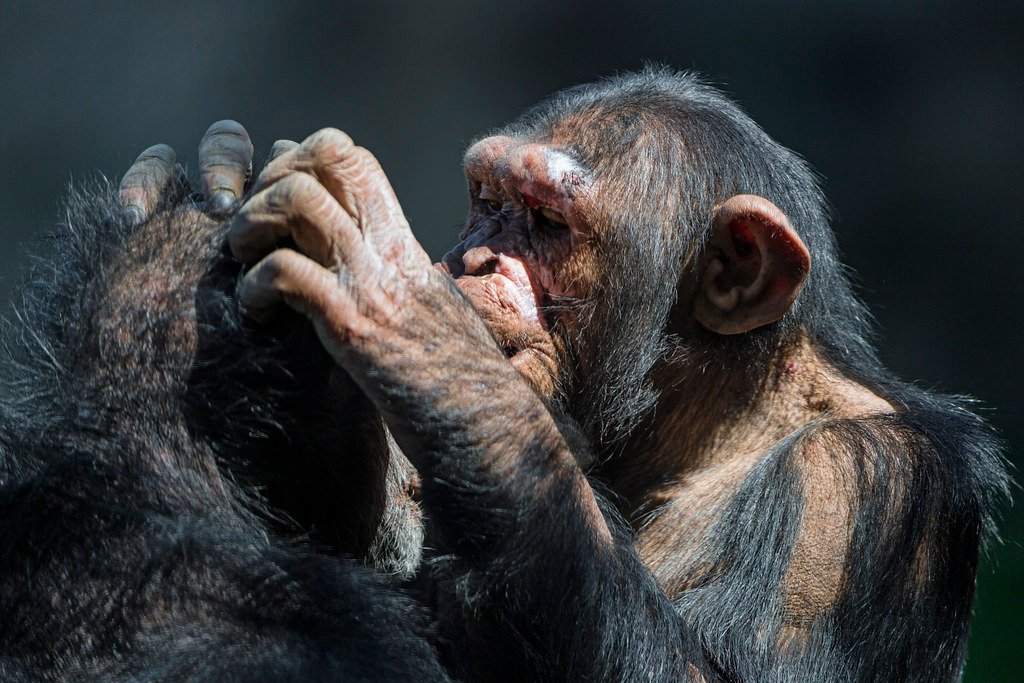
Just as human societies develop distinct cultures, chimpanzee communities have their own traditions and customs that persist across generations. These cultural differences aren’t limited to tool use—they encompass everything from grooming styles to play behaviors and even food preferences.
In some communities, chimpanzees engage in elaborate handclasp grooming, where two individuals hold hands while grooming each other with their free hands. This behavior is absent in neighboring groups, suggesting it’s a learned cultural tradition rather than an innate behavior. The persistence of these customs across decades indicates a form of cultural inheritance that parallels human traditions.
The transmission of culture in chimpanzee societies occurs through observation, imitation, and practice—the same mechanisms that drive human cultural evolution. Young chimps learn not just what to do, but how to do it in the specific style of their community, creating distinct cultural identities that persist long after their originators have died.
The Warfare Instinct
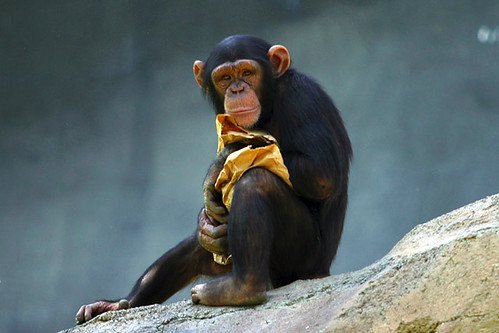
Perhaps the most disturbing parallel between chimpanzees and humans is their capacity for organized violence. Chimpanzee communities engage in systematic warfare against neighboring groups, conducting coordinated raids that can result in the complete elimination of rival communities. These conflicts aren’t random—they’re strategic campaigns aimed at territorial expansion and resource control.
The brutality of these encounters is shocking in its calculated nature. Attacking groups patrol their borders, assess enemy strength, and strike when they have numerical advantages. They target vulnerable individuals, focusing on males who pose the greatest threat to their expansion plans. The parallels to human warfare are both undeniable and deeply unsettling.
What makes this behavior even more remarkable is that the same individuals who engage in deadly raids can also form cooperative relationships with members of other groups under different circumstances. This suggests a complex understanding of in-group versus out-group dynamics that shapes their social behavior in profound ways.
The Maternal Bond
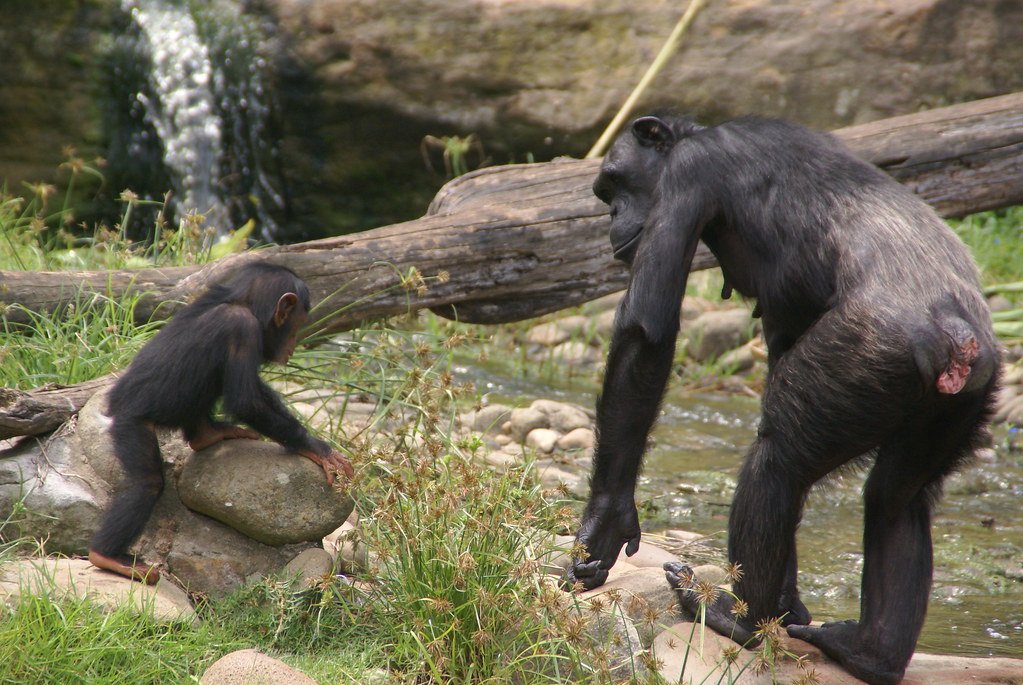
The relationship between chimpanzee mothers and their offspring provides perhaps the most touching examples of their emotional depth. Mothers invest years in raising their young, teaching them essential survival skills while providing emotional support and protection. This bond often lasts a lifetime, with adult chimps maintaining close relationships with their mothers well into old age.
The grief displayed by mothers who lose their infants is particularly heart-wrenching. They may carry the body for days, refusing to let go even as decomposition begins. Other group members respect this mourning process, often gathering around the grieving mother in what appears to be a supportive vigil. These behaviors suggest an understanding of loss and mortality that challenges our assumptions about animal consciousness.
The teaching methods employed by chimpanzee mothers are remarkably sophisticated. They demonstrate techniques repeatedly, adjust their instruction based on their offspring’s progress, and even create learning opportunities by deliberately slowing down their own actions. This patient, adaptive teaching style mirrors the approaches used by human parents and educators.
The Innovation Engine
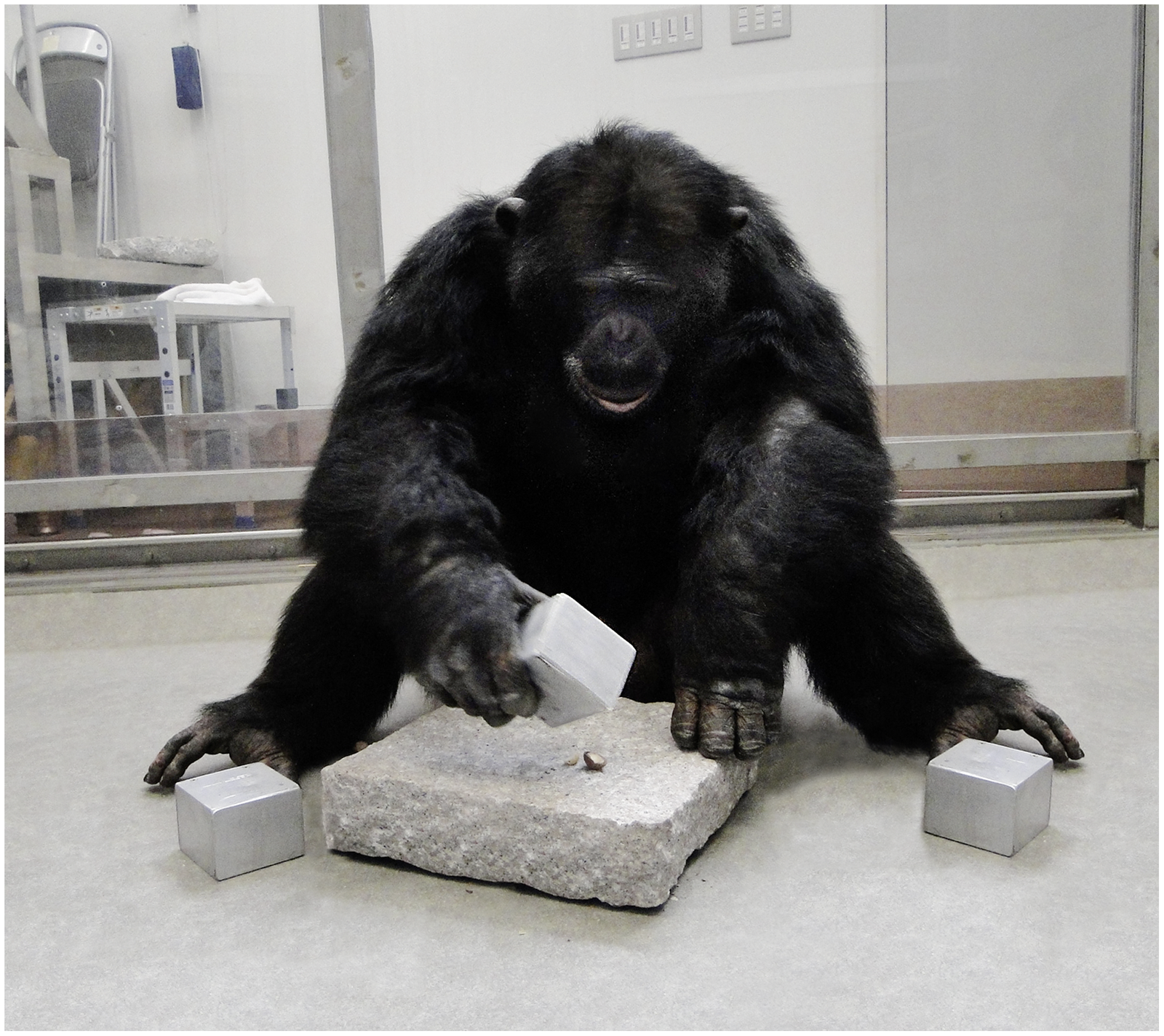
Chimpanzees are natural innovators, constantly developing new solutions to environmental challenges. When traditional food sources become scarce, they experiment with new foraging techniques, modify existing tools, and even create entirely new implements. This innovative capacity has allowed them to adapt to changing environments and expand their ecological niches.
The spread of innovations through chimpanzee communities follows patterns similar to human technological diffusion. New techniques are first adopted by a few individuals, then gradually spread through social networks as others observe and imitate the behavior. The rate of adoption depends on factors like social status, relationship strength, and the perceived benefits of the innovation.
Some innovations have had profound impacts on entire populations. The development of leaf-sponge technology for water collection has allowed chimpanzees to access previously unavailable water sources, while new hunting techniques have expanded their dietary options. These innovations demonstrate a capacity for cultural evolution that parallels human technological progress.
The Social Fabric

The social structure of chimpanzee communities is a complex web of relationships that determines everything from access to resources to reproductive success. These relationships are maintained through constant negotiation, involving grooming, food sharing, and mutual support during conflicts. The investment required to maintain these social bonds is enormous, consuming hours of daily interaction.
Status within the group is fluid and depends on multiple factors beyond physical strength. Intelligence, social skills, and the ability to form alliances all play crucial roles in determining an individual’s position in the hierarchy. This multi-dimensional status system creates opportunities for different types of individuals to succeed, promoting diversity within the group.
The importance of these social networks becomes particularly apparent during times of stress. Individuals with strong social connections are more likely to survive conflicts, recover from illness, and successfully raise offspring. This emphasis on relationship-building as a survival strategy mirrors the importance of social capital in human societies.
The Memory Keepers
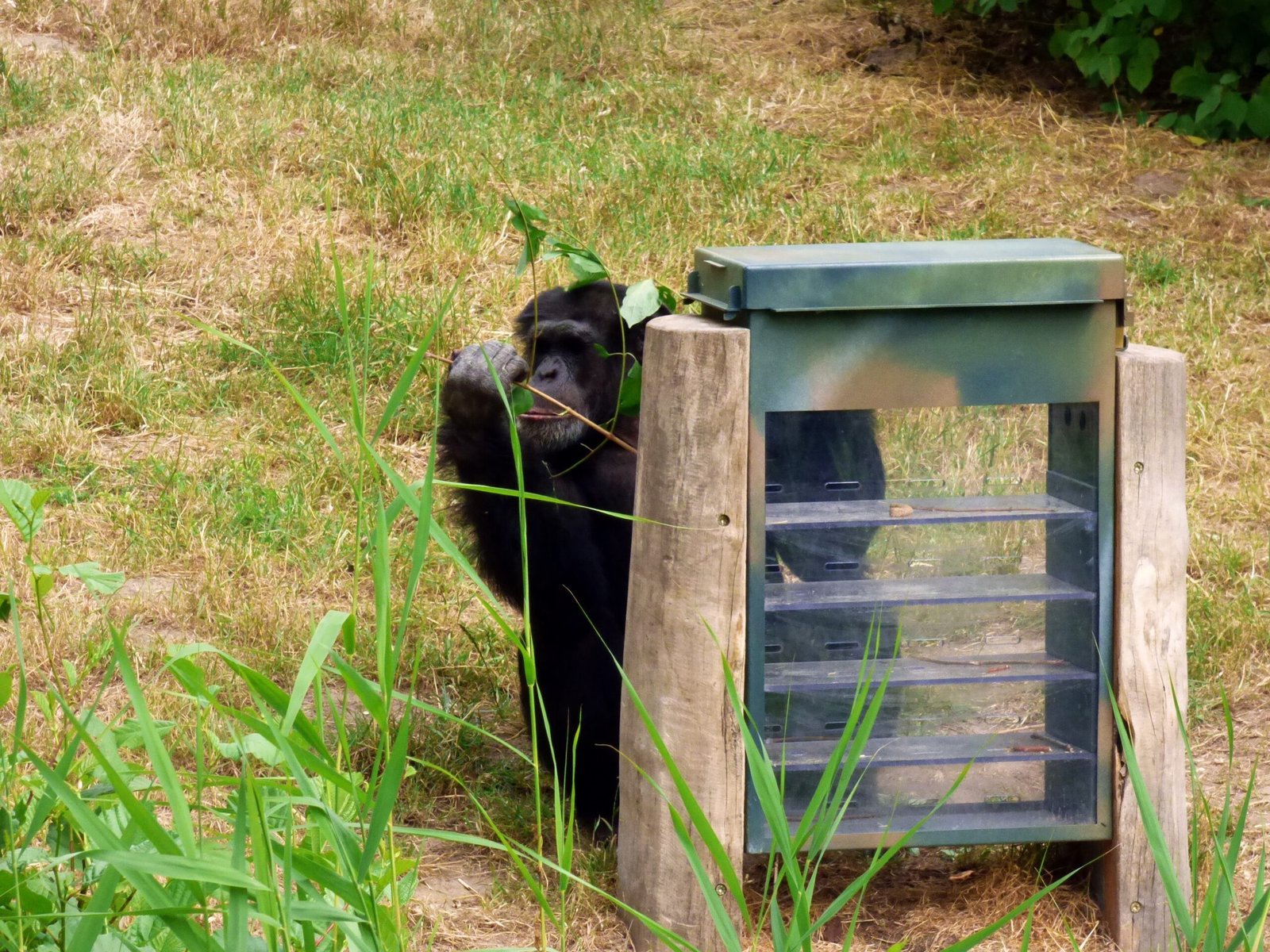
Chimpanzees possess remarkable memories that allow them to remember complex social relationships, tool-use techniques, and environmental patterns across years or even decades. They can recall the locations of seasonal food sources, remember the outcomes of past conflicts, and maintain detailed knowledge of their social networks even as group composition changes.
This memory capacity is particularly impressive when it comes to social relationships. Chimpanzees can remember who supported them during past conflicts, who they’ve formed alliances with, and who might be trustworthy in future situations. This social memory forms the foundation of their political systems and allows them to engage in long-term strategic planning.
The ability to learn from past experiences and apply that knowledge to new situations demonstrates a cognitive flexibility that was once thought to be uniquely human. Chimpanzees adjust their behavior based on previous outcomes, showing evidence of abstract thinking and planning abilities that rival those of young children.
The Healing Touch
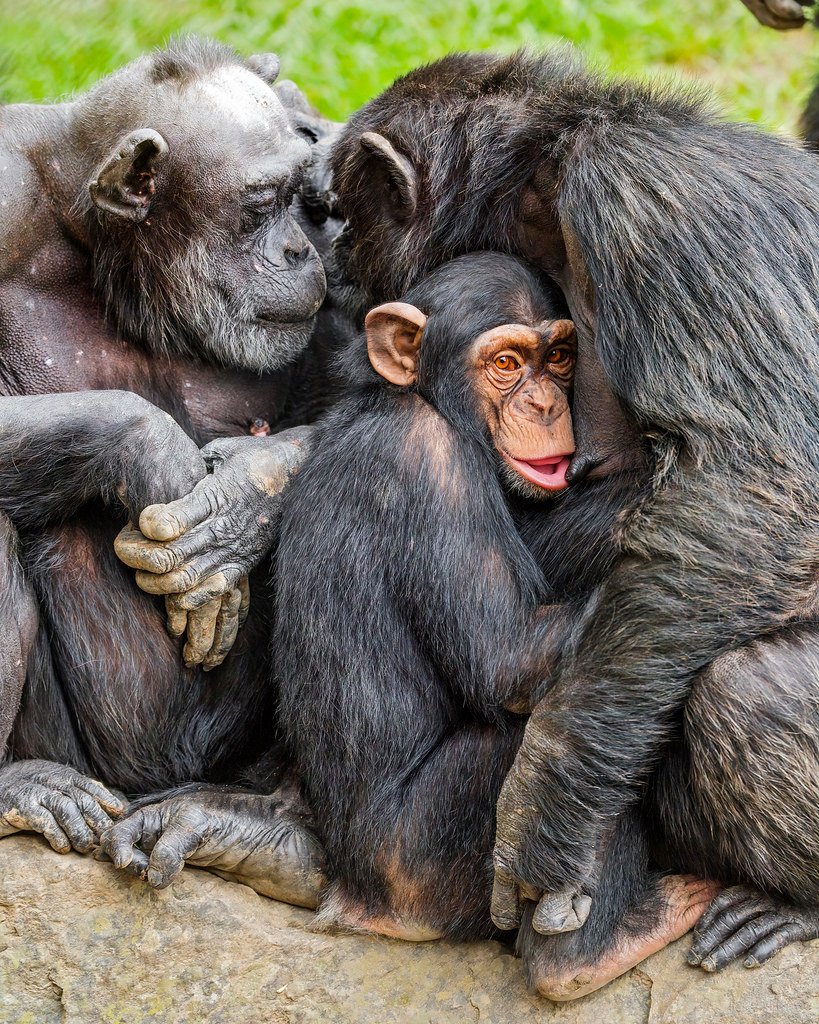
Medical practices among chimpanzees provide fascinating insights into their problem-solving abilities and potential understanding of cause and effect. They’ve been observed using specific plants to treat ailments, selecting medicinal leaves that contain compounds known to have therapeutic properties. This behavior suggests a form of natural pharmacy that may have preceded human medicine by millions of years.
The most striking example is their use of Aspilia leaves, which contain compounds with antibiotic properties. Chimpanzees suffering from intestinal problems seek out these leaves, swallow them whole, and often experience relief from their symptoms. The deliberate nature of this behavior, combined with its therapeutic effects, suggests a level of medical knowledge that challenges our assumptions about animal intelligence.
Perhaps even more remarkable is their use of social healing—the practice of increasing grooming and physical contact with sick or injured group members. This behavior not only provides psychological comfort but may also have physiological benefits, reducing stress hormones and promoting recovery. The parallels to human healthcare and the importance of social support in healing are impossible to ignore.
The Environmental Engineers

Chimpanzees are ecosystem engineers whose activities significantly impact their environment and the species that share their habitat. Their tool use, feeding behaviors, and movement patterns create micro-habitats that benefit other species, while their seed dispersal activities help maintain forest diversity. This ecological role makes them keystone species whose conservation is crucial for entire ecosystems.
The termite mounds modified by chimpanzee fishing activities often become more productive, supporting larger termite colonies that benefit other insectivorous species. Similarly, their nut-cracking activities create debris that provides food for smaller animals and contributes to soil enrichment. These indirect effects demonstrate how their intelligent behaviors ripple through their ecosystems.
Climate change and habitat destruction have forced chimpanzees to adapt their environmental management strategies. They’ve been observed modifying their tool use to access new food sources, changing their ranging patterns to avoid human encroachment, and even altering their social behaviors to cope with increased population densities. These adaptations showcase their behavioral flexibility but also highlight the pressures they face in a changing world.
The Future Guardians
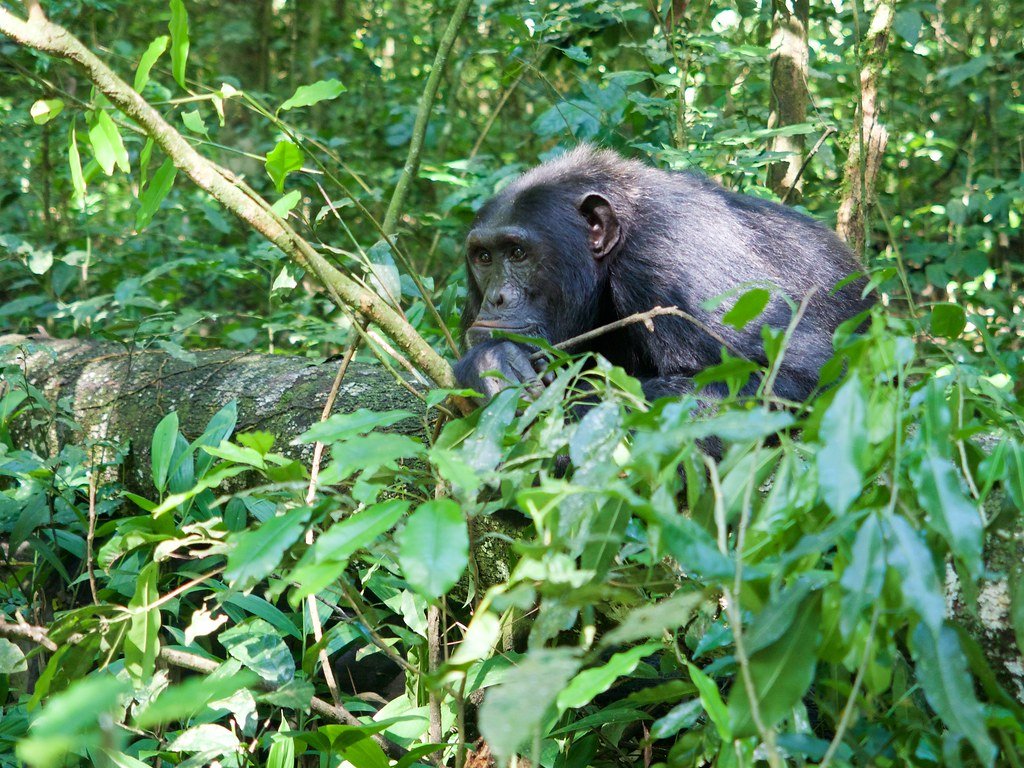
As we face an uncertain future with climate change, habitat destruction, and species extinction, chimpanzees offer both hope and warning. Their intelligence, adaptability, and social complexity suggest they may be among the species most capable of surviving environmental changes. However, their dependence on intact forest ecosystems and their slow reproductive rates make them particularly vulnerable to rapid habitat loss.
Conservation efforts increasingly recognize the importance of chimpanzee intelligence and culture in preservation strategies. Protecting not just individual animals but entire communities with their unique cultural traditions has become a priority. This approach acknowledges that we’re not just saving a species but preserving millions of years of accumulated knowledge and behavioral evolution.
The lessons chimpanzees teach us about cooperation, problem-solving, and social organization may be crucial for our own survival. As we face global challenges that require unprecedented levels of international cooperation, perhaps we can learn from our closest relatives about the importance of maintaining social bonds, resolving conflicts peacefully, and working together for the common good.
The Uncomfortable Truth
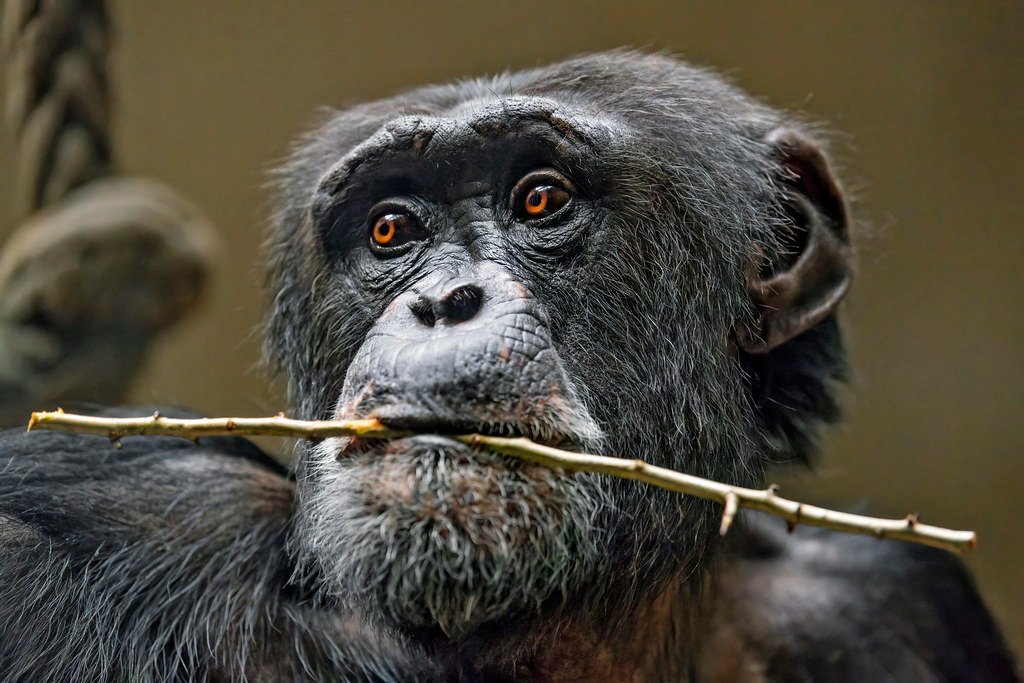
The more we learn about chimpanzees, the more we’re forced to confront uncomfortable truths about ourselves. Their capacity for violence, their political machinations, and their complex social hierarchies reflect aspects of human nature we’d rather not acknowledge. Yet their empathy, cooperation, and caring behaviors also mirror our better angels, suggesting that both our flaws and our virtues have deep evolutionary roots.
This recognition challenges us to reconsider our relationship with the natural world and our responsibility toward other species. If chimpanzees possess consciousness, emotions, and complex social lives, what does this mean for how we treat them? The ethical implications of our discoveries about chimpanzee intelligence extend far beyond academic curiosity—they demand a fundamental reassessment of our moral obligations.
Perhaps most importantly, chimpanzees remind us that intelligence and consciousness exist on a spectrum rather than being uniquely human traits. This humbling realization should inspire both respect for our fellow creatures and a deeper appreciation for the remarkable evolutionary journey that has shaped all life on Earth. In studying chimpanzees, we don’t just learn about them—we discover uncomfortable truths about ourselves and our place in the natural world.

